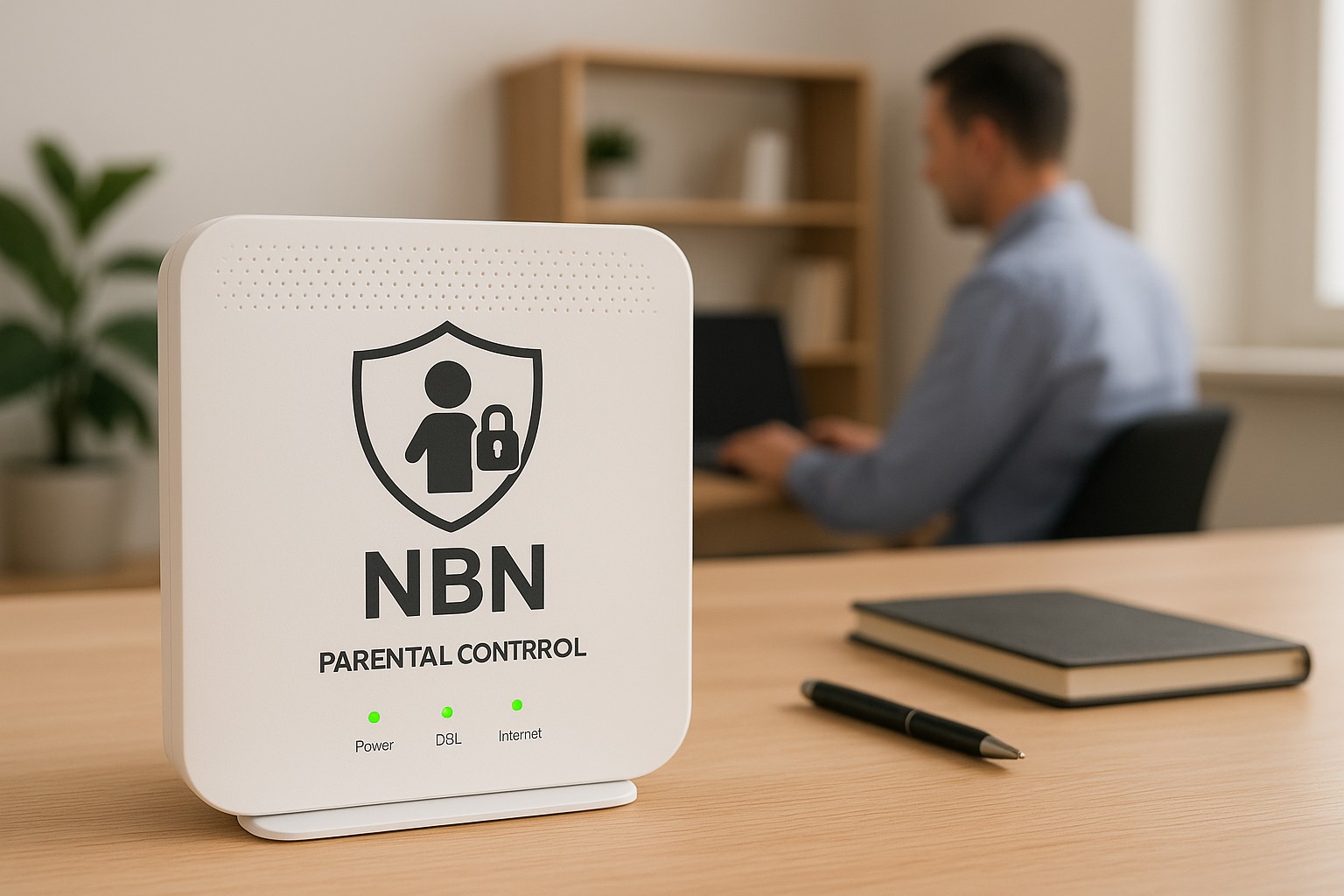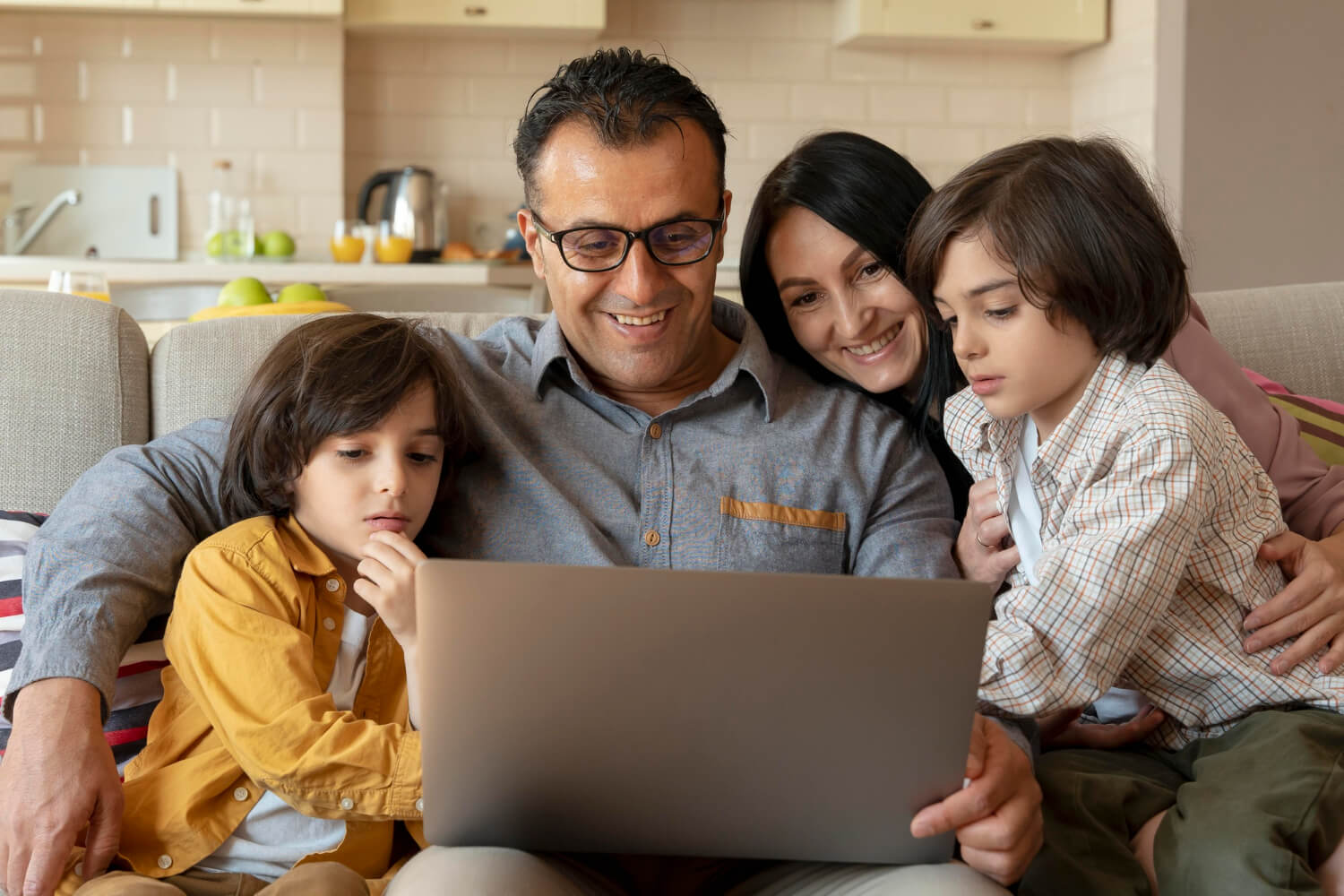As an Aussie parent, it’s a tough gig keeping up with how fast everything’s moving in the digital world. It’s more crucial than ever to ensure your kids have a safe online experience, and one of the best ways to achieve this is by setting up parental controls on your NBN router. But how do you go about doing that? Let’s dive into the nitty-gritty of it.
Understanding NBN Routers and Connections
First things first, before you can effectively set up parental controls, you need to understand a little about how your NBN router works. The National Broadband Network (NBN) provides various internet technologies like Fibre-to-the-Premises (FTTP), Hybrid Fibre Coaxial (HFC), and Fixed Wireless, just to name a few.
Your NBN connection typically involves an NBN connection box (or Network Termination Device, NTD, as us tech folk like to call it) that converts the incoming connection into data signals your router can use. This box may come in different setups depending on your connection type, but generally, you’ll connect your router to this box with an Ethernet cable. The router’s job is then to distribute the internet via Wi-Fi or wired connections to your household devices.
Choosing the Right Router
Choosing the right router is step number one. Since we’re talking parental controls, you’ll want a router with robust features like Wi-Fi 6 for optimal performance and security settings that allow you to monitor internet activity. Some routers come with built-in parental controls while others require an additional app.
Setting Up Parental Controls
Now, let’s get to the crux of the matter: setting up those parental controls. It’s easier than you think, and it could save you a lot of headaches in the future.
1. Configuring Content Filters
Content filters are your first line of defence against inappropriate content. Most modern routers come with built-in filtering options. By accessing your router’s settings, you can block access to certain websites and types of content. Here’s how you can do it:
- Access Your Router’s Settings: You’ll usually need to type your router’s IP address into a web browser. This address can often be found on the router itself or in its manual.
- Login with Your Credentials: Use the default username and password provided by the manufacturer if you haven’t changed them.
- Navigate to Parental Controls: You should find this section in the router’s configuration menu. From here, you can set up filters to block certain categories like “adult” or “gambling” and even specific websites.
2. Setting Screen Time Limits
Another excellent feature is being able to set times for internet shut-off. You can schedule internet access so that it shuts off during homework time or bedtime. Here’s a rundown on setting it up:
- Time Management Settings: In the parental controls section, look for an option that lets you control access during specific times.
- Create a Schedule: Set times when the internet should be accessible. This can prevent those late-night online sessions when your kids should be getting their beauty sleep.
3. Site Restrictions
Site restrictions allow you to block access to specific websites. This feature can typically be found in the same section as the content filters.
- Add Sites to Block List: Enter the URLs of any websites you want to block, ensuring your little ones can’t reach them.
- Test the Settings: Always test the settings yourself to ensure they’re working as intended.
Safeguard Your Network and Devices
While setting up parental controls, it’s also wise to ensure your overall network is secure. This not only protects your children but all the devices in your home from external threats.
Regularly Update Your Router’s Firmware
Like any software, your router’s operating system needs updates to protect against vulnerabilities. Ensure your router’s firmware is up-to-date by regularly checking for updates in the router’s admin settings.
Use Strong Network Security
A secure Wi-Fi network starts with a strong password. Change the default settings if you haven’t already, and choose WPA3 encryption for the best security. This will help keep unwanted guests from accessing your network.
Conclusion
At the end of the day, the internet is a fantastic resource but it comes with its own set of challenges, especially for parents trying to protect their kids. By taking the time to set up parental controls on your NBN router, you’re adding an invaluable layer of security that can filter unsafe content, control usage, and give you peace of mind.
While it’s easy to get overwhelmed, remember that setting these controls is all about striking a balance. Kids need freedom to explore but within safe boundaries. So fire up your NBN router, dive into those settings, and give your youngsters the safe online environment they deserve.



